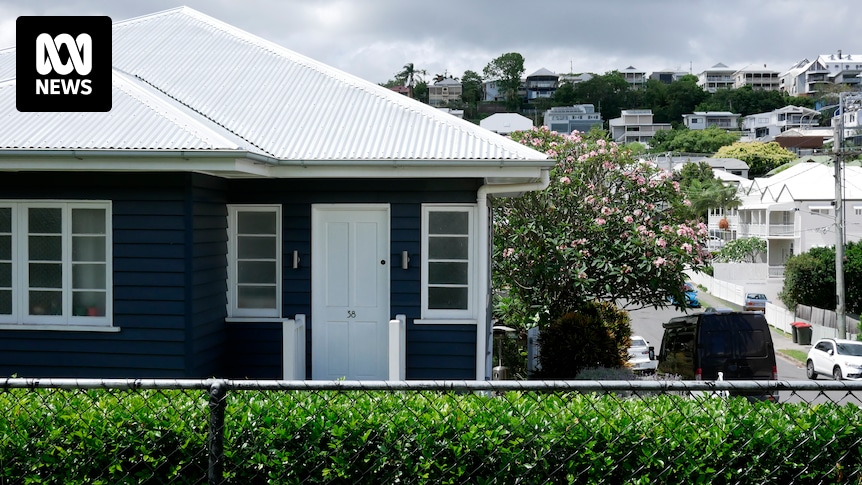Australians forked out more than $24.2 billion on home construction in the latest three-month reporting period, but experts warn building activity must significantly escalate to meet the federal government’s goal to build 1.2 million homes by 2029.
The Australian Bureau of Statistics’ latest data shows home construction was valued at $24.275 billion in the March quarter — up 7 per cent on the same time last year.
But the value of all construction work done in the March quarter was flat in seasonally adjusted terms.
The value of building work rose 0.9 per cent, to $39 billion, while engineering was down 1 per cent, to $35.36 billion.
Residential building bucked the trend, according to the bureau.
“[Spending] increased 1.6 per cent in the March quarter and is 7 per cent higher than at the same time last year. Non-residential building work fell 0.1 per cent in the March quarter and is 3.9 per cent lower than at the same time last year,” the ABS said.
“The trend estimate for total building work done rose 0.5 per cent in the March quarter.”
One of Australia’s leading business lobby groups warned the recent spike was not enough to meet the federal government’s housing targets.
The government’s National Housing Accord’s target is to deliver 1.2 million new homes by mid-2029. The goal was set in 2023 after an agreement between industry, the Commonwealth and the states and territories.
“Australia is building a lot more, but not enough is in housing … to achieve the National Housing Accord goals, an immediate 40 per cent uplift in dwelling completion rates is required,” said Innes Willox, chief executive of the Australian Industry Group.
Innes Willox, who runs employer body the Ai Group, said the problems facing the home building sector were surging costs, chronic skilled labour shortages and declining productivity. (ABC News: John Gunn)
The answer cannot be just to build anywhere, expert says
Dr Michael Fotheringham, from the Australian Housing and Urban Research Institute, said the key element of the national accord was also to build well-located homes.
“So, thinking about where we’re building is really important … There are different schools of thought as to what well-located should mean,” he said.
“Should we continue to build on the outer edges of our major cities, or should we be thinking more about increasing the density of our cities?
“We also need to not sacrifice quality for the sake of throwing together as many as possible, as quickly as possible, and creating a bigger problem down the track.”
Dr Michael Fotheringham highlighted the federal government’s national urban policy that was released last year, which explored the challenges facing Australia’s largest cities.
“What’s shifted now [since the election] is that, actually, [receiving] remarkably little coverage, the minister for housing, Claire O’Neill, is now also the minister for cities,” he said.
Dr Michael Fotheringham said there was a growing recognition by the government that they needed to take a more active role in housing and planning. (ABC News: Patrick Rocca)
The additional portfolio for Ms O’Neill was an important unification of two closely related policy areas, Dr Fotheringham said, because it meant the federal government was thinking about planning and housing delivery.
“There are machinery of government changes currently afoot to support that realignment,” he said.
